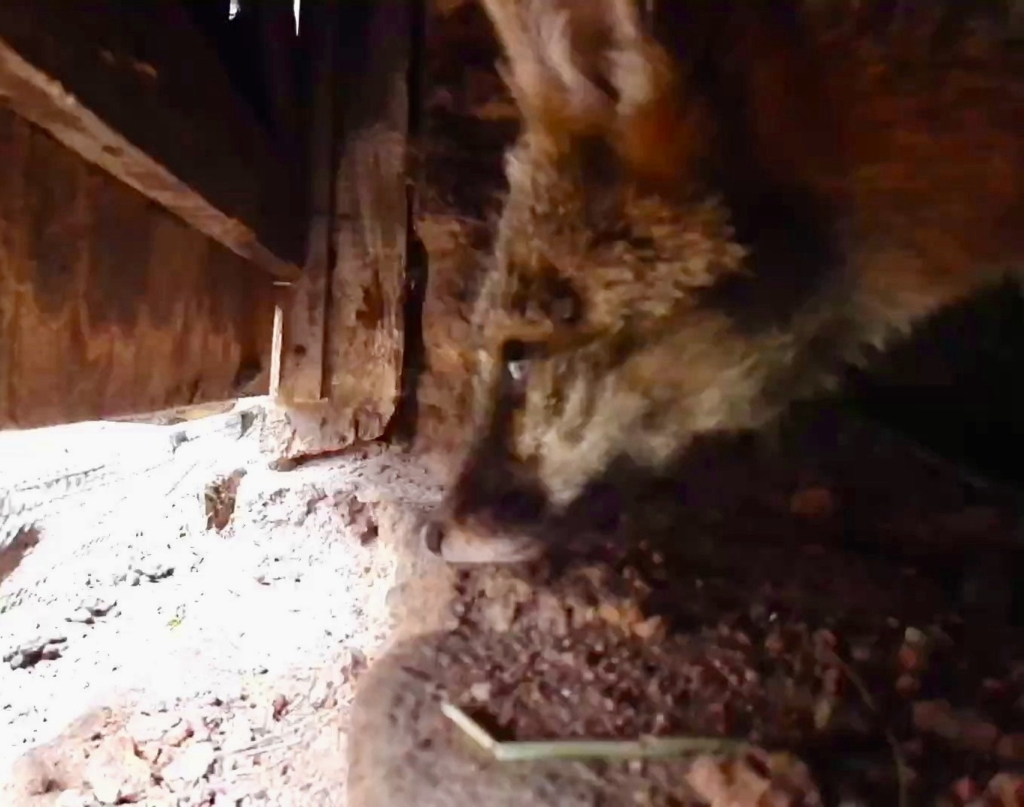Fascinating World of Foxes
Foxes are among the most captivating creatures in the animal kingdom, known for their cunning intelligence, adaptability, and elusive nature. These members of the Canidae family have inspired countless myths, legends, and stories across cultures worldwide. From their distinctive red coats to their remarkable hunting techniques, foxes continue to intrigue and mesmerize both wildlife enthusiasts and casual observers alike.

Exploring Fox Ecology:
Foxes belong to the genus Vulpes and encompass several species, including the red fox (Vulpes vulpes), arctic fox (Vulpes lagopus), and fennec fox (Vulpes zerda), among others. Each species has adapted to diverse habitats, ranging from forests and grasslands to deserts and tundra regions. Their remarkable adaptability allows them to thrive in various environments across the globe.
One of the most iconic features of foxes is their bushy tail, often referred to as a “brush” or “sweep.” This tail serves multiple purposes, including balance, communication, and insulation during cold weather. Additionally, foxes possess keen senses, including sharp eyesight, acute hearing, and a strong sense of smell, enabling them to detect prey and navigate their surroundings with precision.
Fox Behavior and Social Structure:
Foxes are primarily solitary animals, although they may form small family groups during the breeding season. These groups typically consist of a mated pair and their offspring from previous years. Red foxes, the most widespread fox species, are known for their complex social dynamics and territorial behavior.
Foxes are crepuscular animals, meaning they are most active during dawn and dusk. They are opportunistic hunters and scavengers, preying on a wide range of small mammals, birds, insects, and even fruits and berries. Their hunting techniques vary depending on the prey and habitat, but they often utilize stalking, pouncing, and digging to secure their next meal.
Adaptations for Survival:
One of the most remarkable adaptations of foxes is their ability to thrive in urban environments. As human populations expand, foxes have adapted to coexist alongside humans, scavenging food from garbage bins and exploiting urban green spaces. This adaptability highlights their resilience and resourcefulness in the face of environmental change.
Foxes also exhibit fascinating behaviors, such as caching food for later consumption and engaging in playful activities, which serve both social and cognitive functions. Their intelligence and problem-solving abilities have been the subject of numerous scientific studies, shedding light on the intricate workings of their minds.
Conservation and Challenges:
While foxes are considered common and widespread in many regions, they face various threats to their survival. Habitat loss, urbanization, and human-wildlife conflict pose significant challenges to fox populations worldwide. Additionally, diseases such as rabies and sarcoptic mange can decimate fox populations if left unchecked.
Conservation efforts aimed at preserving fox habitats, mitigating human-wildlife conflict, and combating disease outbreaks are crucial for ensuring the long-term survival of these remarkable creatures. Public education and awareness initiatives also play a vital role in fostering coexistence between humans and foxes while promoting their conservation.
Conclusion:
Foxes embody the essence of adaptability, intelligence, and resilience in the natural world. From their elusive nocturnal wanderings to their playful antics and cunning hunting strategies, foxes continue to captivate our imagination and enrich our understanding of the intricate web of life. As stewards of the planet, it is our responsibility to safeguard the habitats and ecosystems that support these magnificent creatures, ensuring that future generations can continue to marvel at the beauty and wonder of foxes in the wild.



